Parkour, the discipline of moving fluidly through obstacles, has evolved from a niche training method to a global phenomenon. What began as a practical way to navigate urban environments has transformed into a cultural movement, blending athleticism, creativity, and philosophy. Traceurs, as practitioners are called, see the city not as a static backdrop but as a dynamic playground ripe for exploration.
At its core, parkour is about efficiency and adaptability. Unlike traditional sports with fixed rules and boundaries, parkour encourages practitioners to reinterpret their surroundings. A concrete wall becomes a vaulting platform; a railing transforms into a balance beam. This mindset shift turns mundane urban spaces into arenas of limitless potential, where every structure invites movement and every gap challenges the body and mind.
The origins of parkour trace back to France in the late 1980s, where David Belle and his friends developed the discipline based on military obstacle course training. Drawing inspiration from his father's experiences as a firefighter and soldier, Belle sought to create a method of movement that prioritized practicality and speed. The word "parkour" derives from "parcours du combattant," the French term for military obstacle courses.
What sets parkour apart from other physical disciplines is its emphasis on real-world application. While gymnastics occurs in controlled environments with padded floors, parkour happens on concrete, steel, and brick. This raw authenticity resonates with urban youth worldwide, offering both physical challenge and a means of personal expression. The community that has grown around parkour values inclusivity and mutual support, welcoming newcomers regardless of skill level.
Modern parkour culture has blossomed through social media, with viral videos showcasing breathtaking feats across global cities. From scaling the rooftops of London to navigating the stairwells of Moscow, traceurs push physical limits while demonstrating remarkable spatial awareness. This digital exposure has led to increased mainstream recognition, with parkour influencing action films, video games, and even military and emergency responder training programs.
The philosophy underlying parkour extends beyond physical movement. Many practitioners describe it as a way of overcoming both literal and metaphorical obstacles. The discipline cultivates problem-solving skills, resilience, and creative thinking - qualities that translate to everyday life. In a world where urban environments often feel restrictive, parkour offers a liberating perspective that reimagines public space as interactive and full of possibility.
Safety remains paramount in parkour culture, despite its daredevil reputation. Experienced traceurs emphasize progressive training, starting with basic rolls and precision jumps before attempting more advanced maneuvers. Proper technique reduces impact on joints, while mental preparation helps assess risks realistically. This careful approach allows practitioners to enjoy parkour sustainably throughout their lives, unlike many high-impact sports with limited longevity.
As parkour continues evolving, its applications diversify. Some architects now consult with traceurs when designing public spaces, creating environments that encourage movement and interaction. Educational programs incorporate parkour to develop students' physical literacy and confidence. The discipline's emphasis on adaptability feels increasingly relevant in our rapidly changing world, offering both physical exercise and a mindset for navigating life's unpredictable challenges.
The future of parkour appears boundless as new generations put their stamp on the discipline. Hybrid styles emerge blending parkour with dance, martial arts, and other movement forms. International competitions and professional teams raise the athletic standard while community jams preserve the grassroots spirit. Whether as sport, art, or lifestyle, parkour's essence remains unchanged: the joyful, purposeful movement through the spaces we inhabit.
From its military roots to its current status as a global movement, parkour represents more than physical prowess. It embodies a way of seeing and interacting with the world that transforms barriers into opportunities. As cities grow denser and digital lives more sedentary, parkour offers a compelling antidote - a chance to reconnect with our environment and rediscover the primal joy of movement.

By Sophia Lewis/May 8, 2025
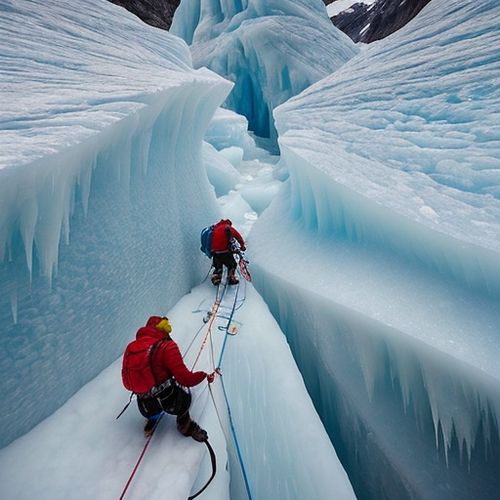
By Samuel Cooper/May 8, 2025
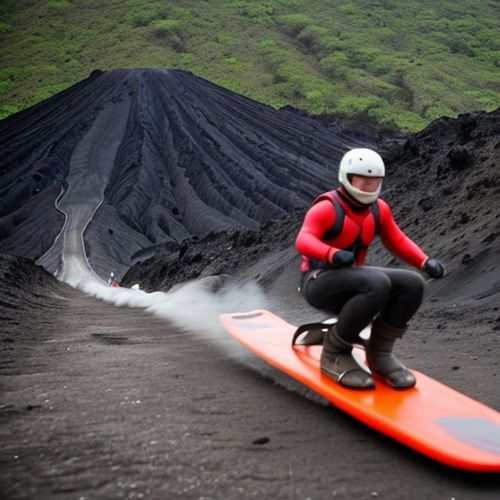
By William Miller/May 8, 2025
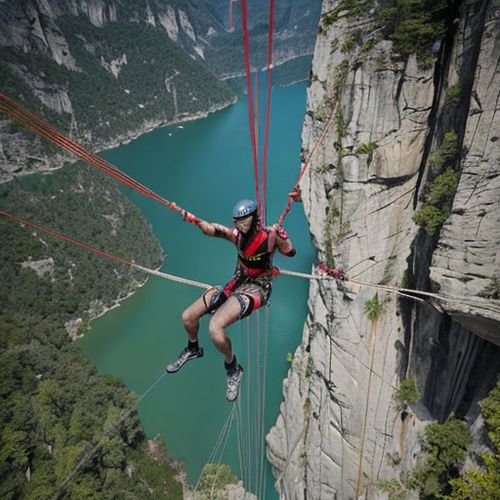
By Rebecca Stewart/May 8, 2025
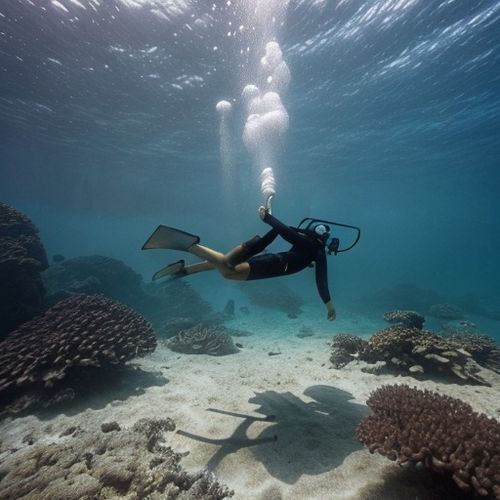
By Natalie Campbell/May 8, 2025

By Jessica Lee/May 8, 2025
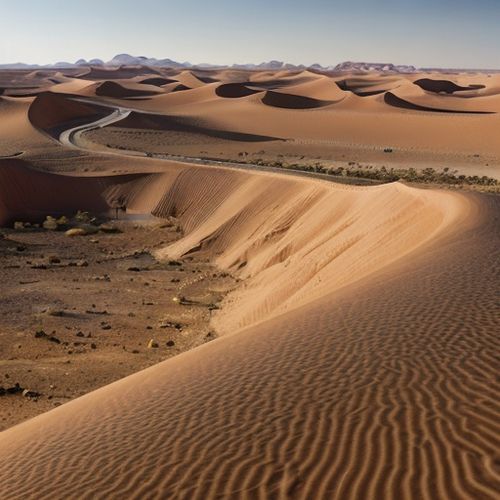
By Thomas Roberts/May 8, 2025
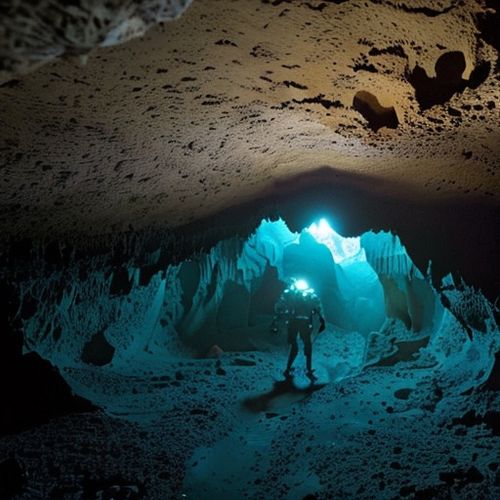
By Christopher Harris/May 8, 2025
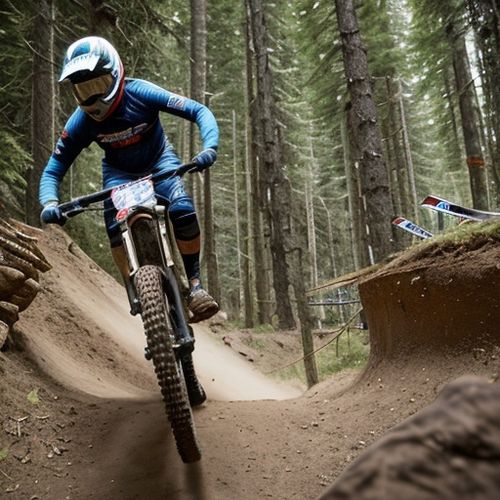
By Christopher Harris/May 8, 2025
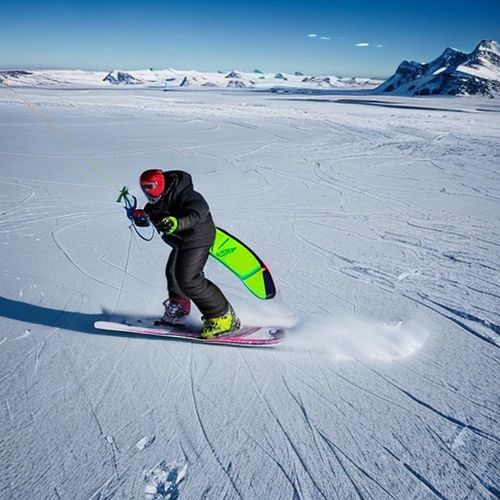
By Natalie Campbell/May 8, 2025
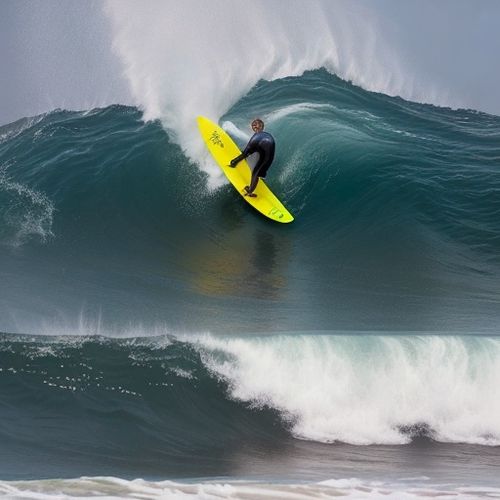
By Rebecca Stewart/May 8, 2025
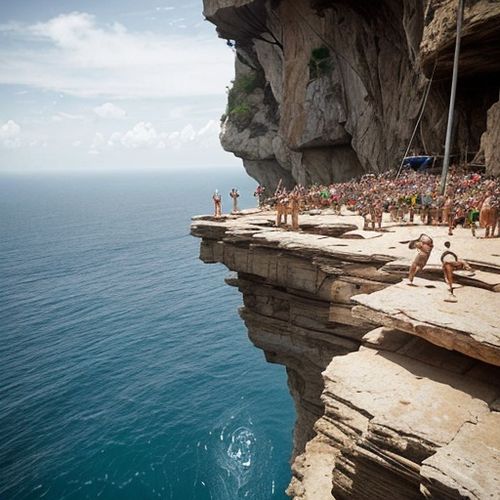
By Sophia Lewis/May 8, 2025
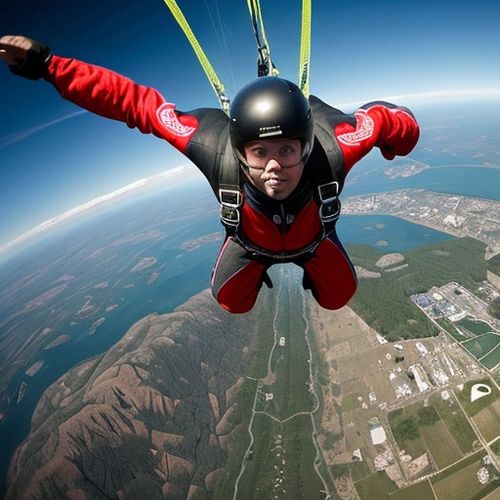
By Noah Bell/May 8, 2025
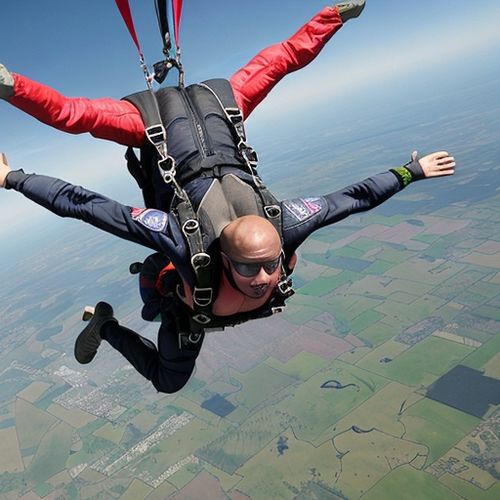
By Sophia Lewis/May 8, 2025
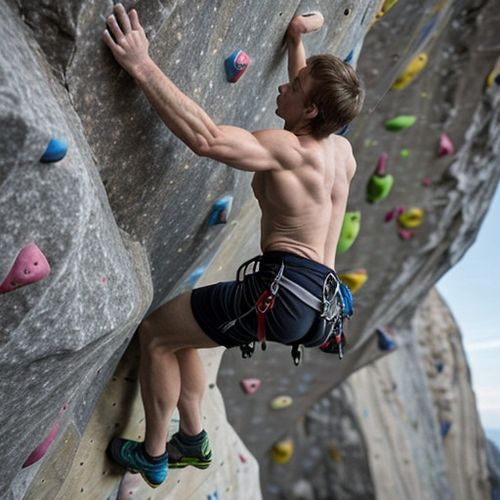
By Benjamin Evans/May 8, 2025
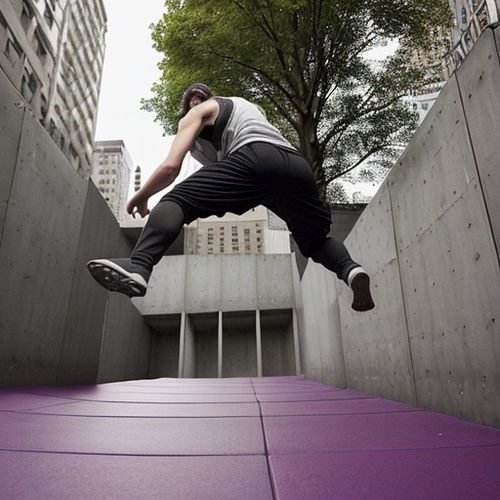
By Benjamin Evans/May 8, 2025
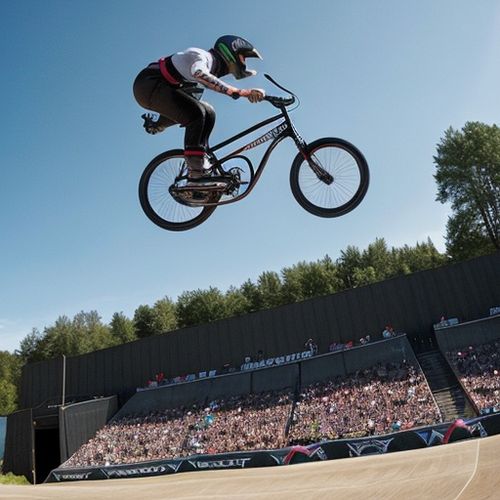
By Eric Ward/May 8, 2025
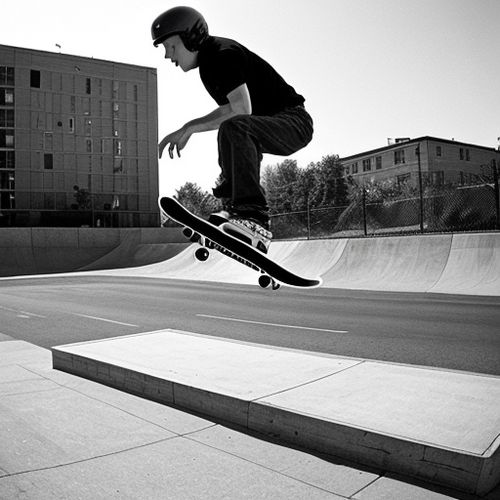
By Elizabeth Taylor/May 8, 2025
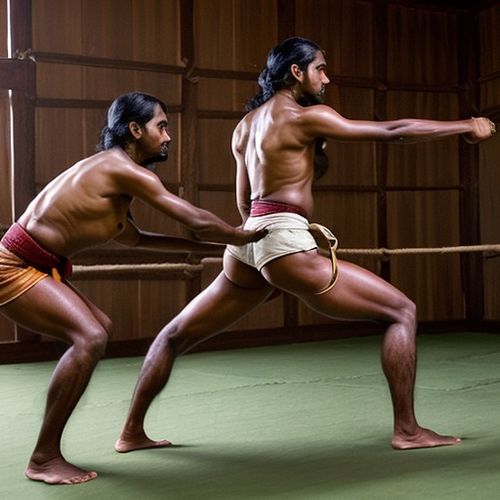
By Daniel Scott/May 8, 2025
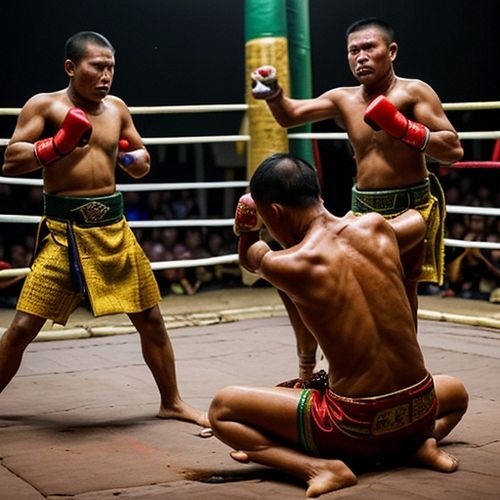
By Eric Ward/May 8, 2025